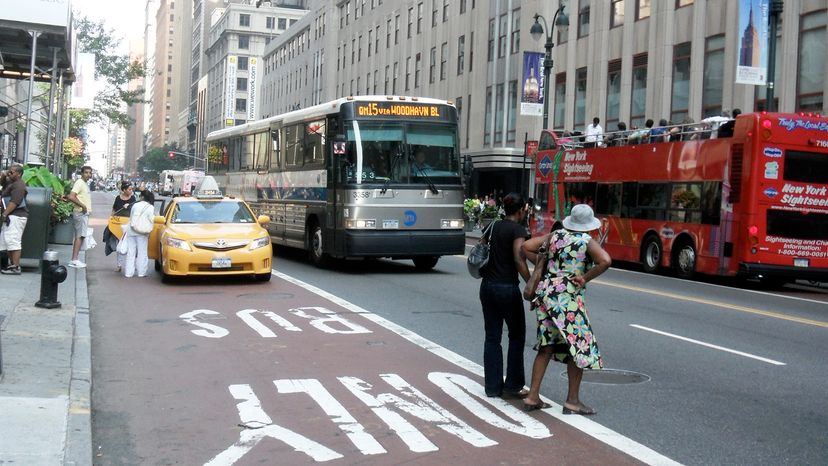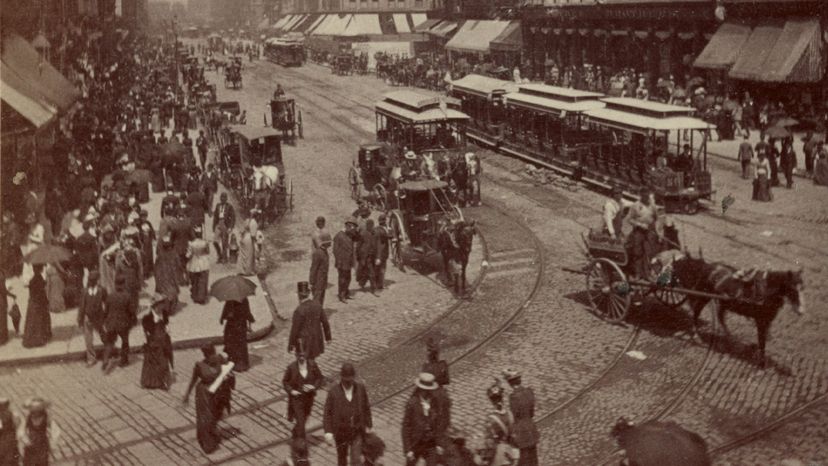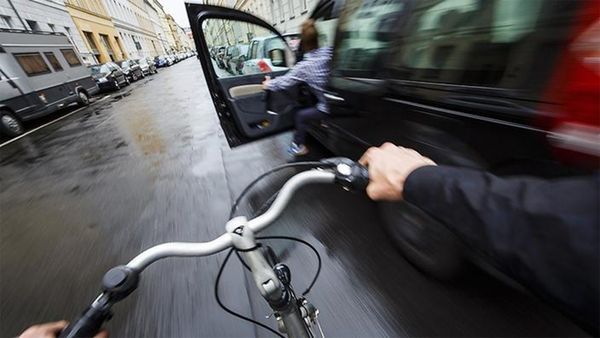
You're in a rush and don't want to head all the way to the crosswalk to cross the street. Anyway, who cares, right? The store you need is directly across the street — not anywhere near the intersection. So you go ahead and cross when traffic is clear.
What you've just done is jaywalked — crossed the street somewhere other than at an intersection or crosswalk. And it's probably illegal. But why?
Advertisement
Mostly it has to do with pedestrian safety in general. And it makes sense, considering National Highway Traffic Safety Administration (NHTSA) data shows a total of 6,205 pedestrian deaths in 2019.
Furthermore, while pedestrians represent only 3 percent of those involved in traffic incidents, they account for 14 percent of traffic deaths. Even though 70 percent of pedestrian fatalities are from accidents outside of intersections, many are at intersections and crosswalks where pedestrian crossings are concentrated.
So, jaywalking is illegal for safety reasons. Got it. But jaywalking's history — and enforcing it — is more complicated than you might expect.
Advertisement


